Creating an email sequence can help you sell more in automatic mode*.
You only need to create the sequence once and it will be sent automatically to every new subscriber.
Subscribers have agreed to give you their email addresses because they are already interested in your offer. This is precious.
Having thousands of followers on social media can be very cool, but when Instagram is no longer in and people don’t even show up there anymore, what are you going to do if you don’t have their contact details?
Having a list of subscribers guarantees that when fads pass, they will still be there.
As long as they don’t unsubscribe.
But this also depends on you and how much value your emails provide.
With Email, you can build a lasting relationship of trust, or you can build a more
direct sales funnel, it depends on your strategy and the type of product or service you offer.
Today we look at these two ways of creating an email marketing sequence.
Let’s get started, shall we?
*Automatic mode doesn’t mean writing 5 emails and going to sleep while you watch your business grow like crazy. This is the image that some people try to sell and it makes me furious.
Nothing is 100% ‘automatic’, you have to put a lot of work into creating a good email sequence and then you have to write more emails if you want the relationship to last.
To be clear, there’s no such thing as creating an automatic sequence of 5 emails and going to lie on the beach. A good email sequence is like having a salesperson selling for you when you are working on other things for your business.
How to write an email sequence for a sales funnel
These types of email sequences have a very clear objective: to sell a product.
It’s a common strategy and usually requires some preparation time, like any strategy, and follows a pre-determined model.
There are funnel sequences that have been tested and usually work, although I will save my personal opinion on this for the end of this article.
First, let’s define what a funnel is.
A sales funnel is a very visual representation of what it really means in marketing terms.
Because what a sales funnel does is to attract a lot of people by offering something for free at the beginning, and then as people become interested in your product, or not, they will either go away or continue to read your emails until they buy your product or service.
The goal is that all the people who have downloaded your free content or attended your live webinar will end up buying your product, but the reality is that not everyone will.
If 5% of the people who entered the funnel buy, it’s considered a successful funnel and you can uncork the champagne.
You can see many examples of sales funnels on the internet, and surely your mailbox has already received a few that may or may not have hooked you.
In this article, we will first look at the email sequence most commonly used for sales funnels designed to sell a product or information product.
We won’t see the whole process of metrics and social media strategy because that’s not my speciality and we’d be here for days.
My job is to write, so we’re going to talk about how to write this email sequence.
As far as the previous steps before writing the sequence, I just want to tell you that if you want a person to give you their email address, you have to offer them something for free.
It could be an eBook, a webinar or an email mini-course. You can promote this free content on social media and on your website to get more people to subscribe to your list.
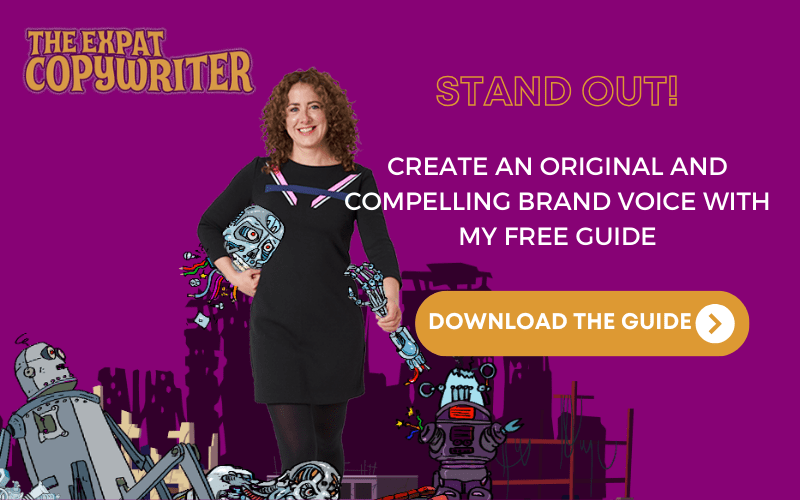
Below we will look at the most effective email sequence for a sales funnel. If you’ve read other articles about email sequences, you may find this one different. And it really is.
I’ve read a lot about this and there’s always one email missing in the middle of the sequence that I think is crucial. I’ll tell you what that email is at the end of this post.
1. The welcome email
To be sent straight away after a person has downloaded your free content.
The content of this email is vital, it’s what will keep the recipient on your list and eager to receive further emails from you.
This first email has an average open rate of 50%, which is amazing as the average email open rate is only 20%.
So you need to make sure that what you say in that first email is of great interest to the person who gave you their email address.
The key here is to empathise, with your prospects’ pain point or desire that has led them to download your free content.
For example, if what you are selling is an online English course to prepare for the official exams and the free content you offer is a sample exam with real questions from one of those exams, such as the Advanced Certificate, you know that most of the people need this certificate to get a job or to enter higher education.
In the email, you can ask the person why they need the certificate and what their actual situation is.
This way you’ll build a more personal relationship with them.
If you choose this option, remember that the funnel will no longer be fully automatic unless you create several sequences depending on the different possible answers.
For example, if you know that half of your audience needs the certificate to enter a course and the other half to improve their curriculum, you can create two sequences, one for each situation.
In any case, the most important thing in this email is to empathise with the prospect and her problem:
“I want to get the advanced certificate but I don’t have the money or time to go to a language school”
and thank them for downloading your content.
You don’t need to sell your course here, this email is just an introduction, like when you meet someone for the first time, you don’t tell them everything about your life.
If you try to sell your product too soon, they will probably unsubscribe from your list because they don’t know you at all and are probably tired of receiving hundreds of marketing emails.
Don’t try to run. Walk instead.
2. Introduction with social proof email
To be sent 1 day after the welcome email.
This is when you have to empathize even more with your potential customers and add some information explaining what they can get if they listen to you.
Let’s go back to the example of the English course.
In this second email, you can add a short introduction of who you are (or who is your company) and how you help people with similar problems.
You’ve been teaching English for many years, you’ve lived in England for 6 years, you’ve worked in several language schools, you’ve helped students prepare for official exams, the success rate is 80% etc.
And all that experience has helped you create this course.
Now is when you can add your best testimonials.
Testimonials are a way to prove that what you’re saying is true.
It’s the law of the empty restaurant.
If you pass by a restaurant where there’s no one and you can even hear a mosquito flying around, you just don’t go in.
3. Email full of empathy
To be sent 1 day after the introduction email.
Now that your prospect knows you better it’s time to get her to trust you.
Don’t try to sell your product in a hurry without first making it clear that you know exactly what the problem is and how it feels, either because you’ve been through it before or because you’ve been helping people like them with the same problem for a long time.
What works very well in this kind of empathy email is to introduce some storytelling and get a little more on a personal level.
You can tell a story about yourself or someone else that will inspire the reader and help her feel related.
Let’s look at this in more detail using the example of the English course.
In this email, you should first empathise with the reader’s pain points and then tell them something about yourself (or, as mentioned, it can be about someone else).
“Learning a language can be overwhelming, especially if you need it to get a better job or to study abroad.
I decided to get serious about learning English when I chose to study journalism. In Spain I was on the verge of getting into the Faculty of Journalism, the cut-off grade that year was very high and I ended up 0.2 tenths of a point short of the quota.
I felt devastated because being a journalist was the only thing I wanted to do in life. How innocent!
But I didn’t give up. At that time, it was still possible to study in the U.K. because public universities were quite cheap and I calculated that by working as a waitress in the evenings, I could afford to pay for my studies.
But there was one small problem, I had to pass the official British Council exam with a grade of at least 6.5.
I started studying on my own because I couldn’t afford what the language schools were charging.
And I got a 6.3. The 0.2 curse had happened again!
I didn’t study journalism, I stayed in Spain and studied a career that had nothing to do with me and that would be of no use to me afterwards, but I set out to speak perfect English, and I managed to do that by moving to England after I finished Uni and living there for 5 years.
I wanted to help people who face the same challenges I did so I decided to create a method for passing the official exams that would be effective, fun and affordable…”
This is just a quick example I’ve written to give you an idea of how you can empathise with prospects by telling an inspiring and entertaining personal story.
After reading this email, people will feel closer to you and that you know exactly what they are going through.
Now it’s time to introduce your solution.
4. The email with a product demo
1 day after the empathy email
Here the key is to explain, as simply as possible, what benefits the reader can obtain from this product and how exactly it can help them with their problem.
If you have the right resources and feel confident, you can even include a demo video, but if you don’t, don’t worry, you can also include some images and compelling copy.
If you are selling an online course, a video can help the customer get an idea of what they are buying.
You can record a session showing how to use the course tool and demonstrating some of its features.
Zoom or Loom are easy to use and have free plans for recording sessions on your computer.
And if you want to record yourself explaining the product in more detail, you can use YouTube or even your mobile phone.
Just make sure the audio and video quality is good.
Don’t forget to include a clear overview of your product’s benefits and features at the end of the email to make it even more appealing.
Example:
With the intensive 8-week online course you get:
– 30 video lessons
– 40 pages of exercises designed for the exam
– 2 hours of conversation with a native speaker
– Email support 24/7
– Exclusive material created by us
– Etc…
These would be the features. Now let’s see the benefits:
– Online course fully designed for the official exams
– Self-paced, study when you want
– Proven efficacy, 80% success rate
– Half the price of any course in language schools
It’s important to learn how to extract benefits from features.
The trick to writing compelling benefits is this:
Always think about how your product improves the customer’s life.
Problem: I don’t have the time or the money to go to a school – Benefit: Affordable online course to follow from the comfort of your home
More on translating features into benefits here.
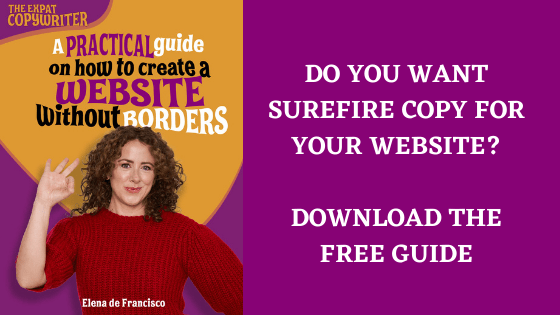
5. The emotional email
To send 2 days after the email with the product demonstration
As we saw in copy lesson on How to sell to the brain people buy moved by emotional impulses.

These are some of the emotional triggers that push people to take action:
– Fear
– Curiosity
– Desire
– Shock
– Authority
– Humour
Use one of these emotions to convince people who are still undecided and have not purchased in the previous email.
Let’s take the example of the English course again. We could use the fear of failure as an emotional trigger:
“Studying for an important exam is always difficult. You’re afraid you won’t pass, and thousands of scenes of failure run through your mind. I’ll never make it, I’m terrible at languages, I don’t have the willpower… These negative thoughts come from the fear of leaving your comfort zone. But it is only by stepping out of your comfort zone that you will be able to get the job you want or study at the university you so desperately want.“
Use one or more of these emotions to convince the reader.
Some email sequences include a webinar email and a percentage discount email as a last resort if the previous emails didn’t work.
If you decide to send these two emails (I call them “desperate”), then do so, but with a bit of a gap between them, so that your prospects don’t unsubscribe immediately because they think you’re a pain in the ass.
I don’t like these two emails in this first sequence, as I said they look like desperate calls.
But there are cases where it works. It’s up to you.
Have you guessed which emails I’ve included that others haven’t?
It’s the third one, the email full of empathy.
In my experience, this is the reason many funnels fail.
Because there is a lack of empathy.
People want to sell so fast that they don’t stop to think about what prospects actually want.
People don’t care what your company needs to make in terms of income, what they want is to have the certainty that their lives will improve if they buy your product.
So if you don’t know either what their problems are, or what they’re hoping for, people will unsubscribe without buying anything.
The type of funnel we’ve just seen is designed for expensive products since people think twice when it comes to paying a certain amount.
Online courses, SaaS or workshops, for example, these types of products usually start at 100€.
Then there are other types of sequences, the ones I prefer and call “a more serious relationship”, because they’re not just a flirt.
The most lasting relationships are always the ones that start with respect and grow little by little.
For these types of sequences, there’s no set number of emails you need to send before you can introduce your product or service, it can be 6, 8, 15 or more.
Let’s see how this type of sequence differs from the other sales funnels.
Email sequence for a long-lasting relationship
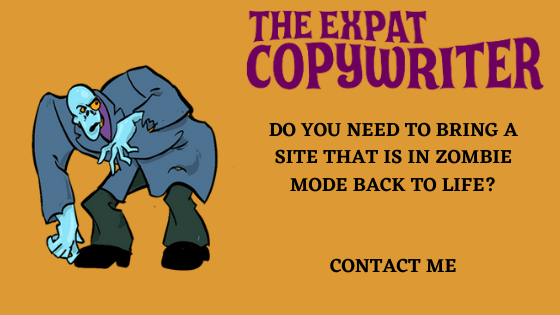
In many cases, a sales funnel is not the answer.
Sometimes it’s more productive to maintain a relationship of trust that is built little by little and by being very generous with what we offer.
For this type of sequence, you need to create content with lots of valuable information for the type of audience that might be interested in what you have to offer.
But first, let’s look at how to get subscribers in the first place.
Lead Magnet
If you want someone to give you their email address, you have to give them something in return.
There may be people who, after reading a blog post, immediately subscribe to your list because they think your content is great.
But let’s be 100% honest here.
There are so many blogs and newsletters out there so people are very hesitant to subscribe to a new list.
They just don’t want to be bombarded with thousands of emails they won’t have time to read.
So you need to come up with something more valuable than just a single blog post.
It could be a guide or a free mini-course by email with the best tips on how to learn English faster.
It could even be a webinar if you like that format.
It must be something of real value to your prospects, those people who
need your help but maybe don’t know it yet.
If this free content, called a lead magnet, is very good, your potential customer will give you their email address to download it.
More on how to create lead magnets that attract hundreds of subscribers here.
Email sequence with blog posts
After downloading the lead magnet, you can create a sequence of emails with links to the best articles on your blog.
In the email, you can write a short introduction telling why this article will interest them and encourage them to put your advice into practice.
Remember that in the first welcome email, as we saw in the funnel sequence, it’s very important to ask the person directly what their problem is and how you can help them.
These questions reinforce the message that you want to have a conversation with them and not just a monologue to brag about your product.
This is about your prospects, what they need and how you can help them.
In this type of sequence, you can also introduce your product or service, at the end people know that we’re here because we’re selling something.
But the good thing about these, let’s say, less aggressive sequences, is that when you finally introduce your sales pitch, the reader already trusts you, respects you and likes you.
So it’s worth the investment of time and money.
These subscribers are likely to be with you for a while and you may be able to sell them several products or services.
Because it’s not just a funnel to sell a product and then part ways, but
a relationship of trust.
In this type of sequence, you choose your style and content.
The email shouldn’t be too long and should always include a link back to your website to drive traffic.
However, I see many people who send their emails without a link back to their website and they also work.
The frequency is also very personal, I receive emails from people I follow
twice a month or once a week.
I don’t like those who send emails every day, it’s too much. But this is
a personal choice too.
It depends on your selling style, more or less aggressive.
You can try changing the frequency to see what works best.
As for the technical aspect, many companies offer automation services, choose the one you prefer after doing some research.
I only advise you to choose well from the start because changing platforms is a pain.
I just migrated from MailChimp to MailerLite and I had to put in a lot of hours of work to do so.
But I saved lots of cash so for me was worth it.
Yes, I tell you right now, automation means a lot of work!
You need time to understand the tool (unless you leave it in the hands of an expert, which is often the best option), but if you do, be prepared to invest a lot of hours.
You will also need time to write the emails, which is ultimately the most important part, because what you say in them influences whether or not people are willing to be on your list.
These people are my sources of inspiration when writing emails for my audience. I encourage you to find your own 😉.
Enchanting Marketing, Very Good Copy, Ann Handley, Gil Andrews and Dan Nelken
Start writing your email sequence now and experiment!
If you feel like it, tell me how you’re doing.
See you around!
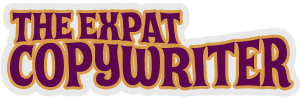
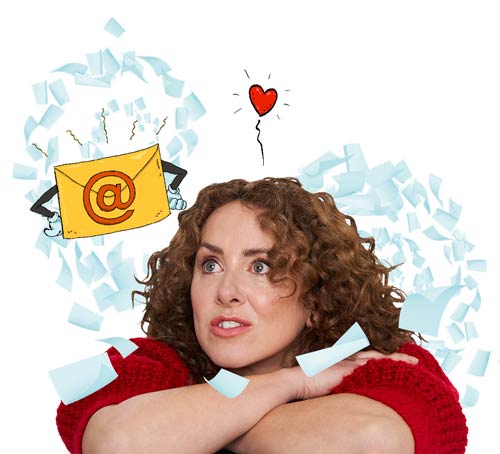
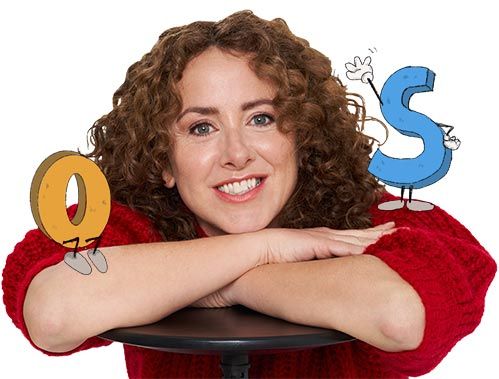
Hey, Thank you so much for the sharing this information about email marketing is very amazing and very useful for me once again Thanks.
Thank you Mark. Happy to know my post was helpful. Take care!
This is such a GREAT post with so much actionable direction. Thank you for sharing your knowledge! Laura
Thank you Laura for reading my blog and for your kind comment.
Nice information … but I cannot find that email missing in the middle of an email series … you know, the one you mentioned at the beginning of your blog?
Thanks,
Mitch
Hello Mitch,
Thank you for reading my blog and for taking the time to comment.
The email I mentioned at the beginning of the post is the third one, the email full of empathy. For me, this is the reason many of the funnels fail. There is a lack of empathy.
People want to sell quickly and don’t take the reader into consideration.
I hope this helps!
Elena